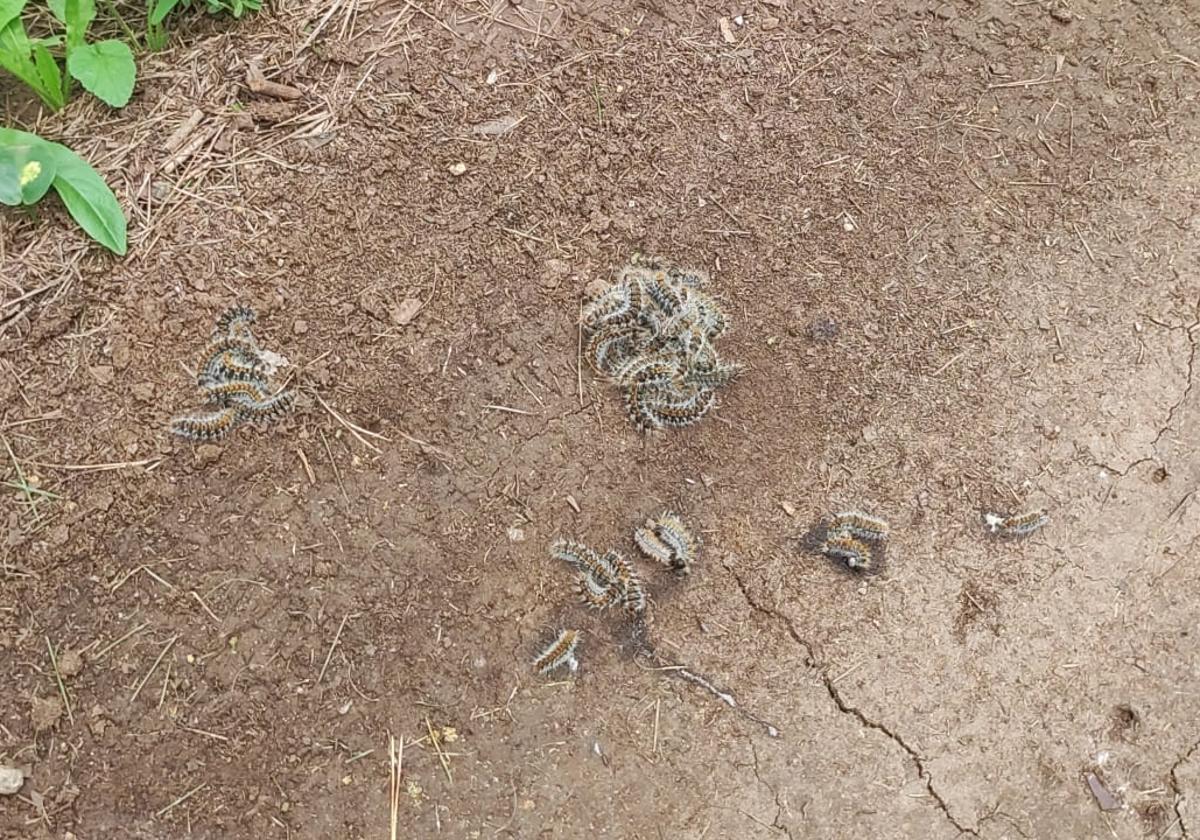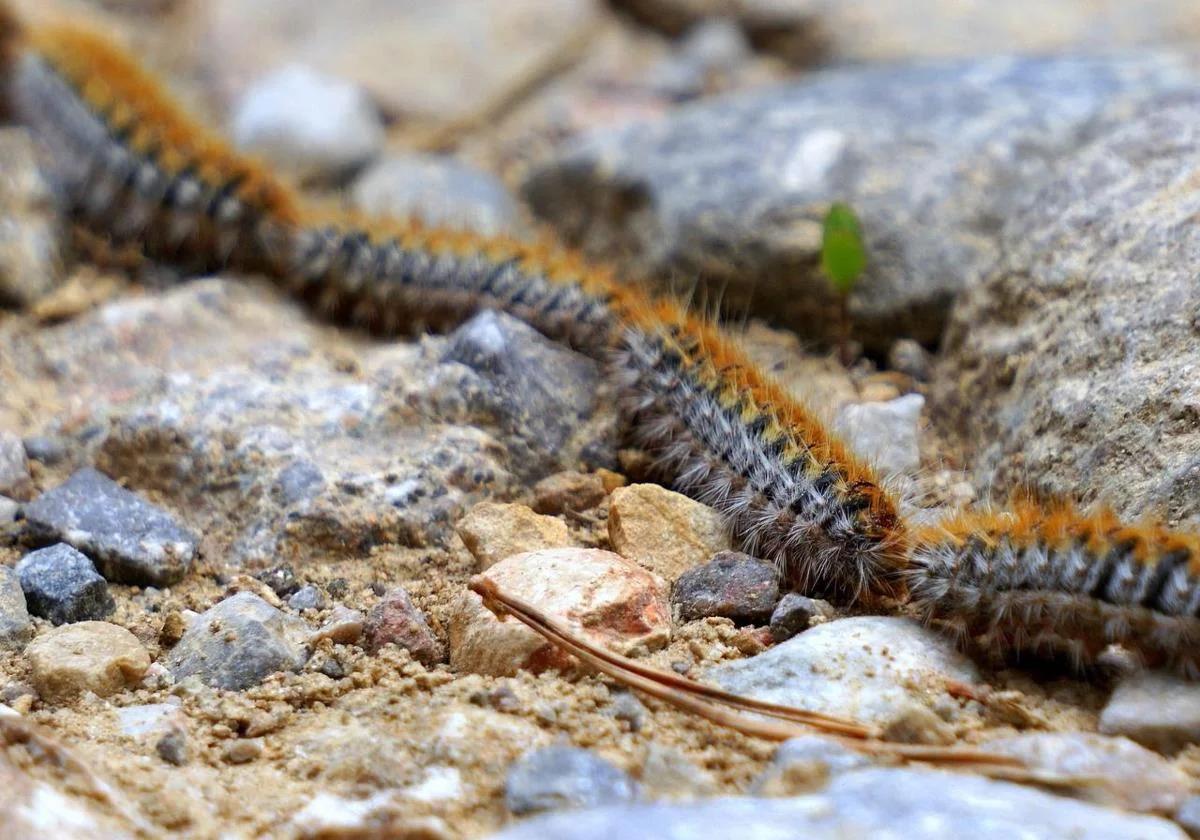High temperatures bring forward appearance of processionary caterpillars with 500,000 venomous hairs in Malaga province
Even minimum contact with this pest can generate problems for humans and be deadly to pets, warns Spain's environmental health company association
Every year processionary caterpillars are appearing earlier Spain's Asociación Nacional de Empresas de Sanidad Ambiental (national association of environmental health companies) or Anecpla has warned. While in the past they would leave their nests in March and April, at the beginning of spring, the warmer winters have led to the caterpillars appearing earlier.
"Many regions, with their mild temperatures, have already seen this plague in the middle of February", the organisation said. In Malaga, with maximum temperatures above 20C, it is already a reality. As an example, the photo below was taken this week in Alhaurín de la Torre.

Both the Guardia Civil and the National Police have also echoed this warning on social media. "Be very careful if you are walking with your dog and you see a processionary caterpillar. This insect has stinging hairs that can cause a very serious reaction," said the Guardia Civil on TikTok. The National Police added on X: "The processionary caterpillar has come early this year and we must be vigilant in places where there are pine trees".
In view of this, Anecpla recommends that local authorities incorporate annual prevention campaigns into their autumn plans. Jorge Galván, the association's director general, said, "Now we have seen that the processionary plague is coming earlier and earlier due to the effects of climate change, it is essential that we are the ones who anticipate the dangers that this may cause."
500,000 venomous hairs
"This year the processionary caterpillar - commonly known by this name because of its "processionary" behaviour, as one caterpillar follows another in single file - is descending earlier than usual from the pine trees as a result of climate change. In provinces such as Malaga, this week they are already working tirelessly on treatments of different kinds to tackle the problems of this early spring and the processionary caterpillar is the most problematic we find on the Iberian peninsula because it is a highly stinging and allergic species," agreed Rentokil Initial, a company specialising in pest control.
Each of these caterpillars has about 500,000 venomous hairs in the form of imperceptible darts or arrows. Their tiny size and the possibility that they can be easily detached increase the risk of allergic reactions and inflammation not only through direct contact but also via the air. Anecpla explains that even the slightest contact with the processionary caterpillar can cause dermatitis, eye problems, hives and allergic reactions. "Just the touch of one of their hairs (which they release as a defence strategy when they feel threatened) is enough to cause irritation and allergies, especially if they reach the eyes," Galván explained.
Deadly to pets
These hairs are knwn scientifically as "trichomes" and are "ready to act as poisoned darts the moment they feel they are in danger", according to Anecpla. In the case of pets, especially dogs, this contact can even lead to death, warns the director general.
It is often the case that dogs, out of curiosity, sniff the caterpillars. "At that moment, it is easy for the trichomes to get stuck in the animal's snout or eyes, causing symptoms such as inflammation, intense itching and abundant salivation. If they eat them (which is not uncommon if they have previously touched them with their paws which they then lick because they are itchy), the ingestion of the toxic substance that carries their trichomes can cause necrosis of the tongue or throat," the associaton added.
In this context, Malaga city hall began in November the application of biological preventive treatments in the city's parks and areas of pine trees. The solution applied is biological and non-toxic, complying with the sustainable use of phytosanitary products that respect the environment and people's health. In this way, integrated pest management is promoted with alternative techniques and non-chemical methods.

